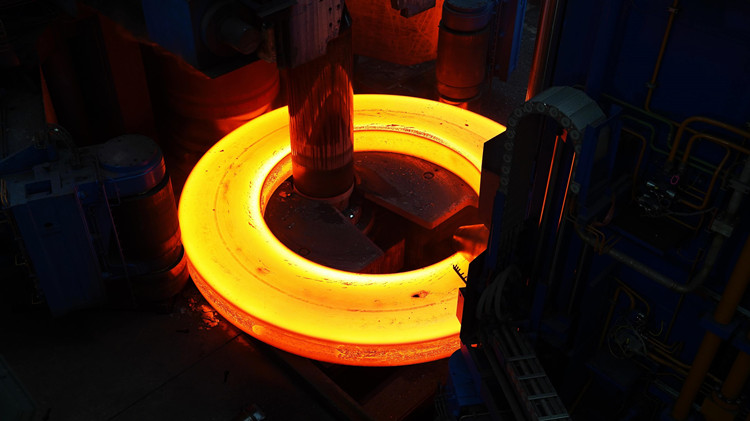- tyler@kirail.com
- +86 15603721115
The annealing process for forgings can be divided into complete annealing, incomplete homogenization annealing, spheroidizing annealing (homogenization annealing), stress relief annealing, isothermal annealing, recrystallization annealing, etc. according to the composition requirements and annealing purposes.
Application range
1. Complete annealing process is used to anneal medium carbon steel, medium carbon high alloy steel castings, medium carbon low alloy steel castings, welded parts, forgings, rolled parts, etc. Complete annealing
1) Improve coarse grain structure, refine grains, eliminate Widmanstatten structure and banded structure;
2) Reduce hardness and improve cutting performance;
3) Eliminate internal stress;
4) Can be used as the final heat treatment of unimportant parts.

2. Incomplete annealing process
Application range
Annealing treatment of hypoeutectoid steel, carbon structural steel, carbon cable tool steel, low alloy structural steel, low alloy tool steel and hypereutectoid steel forgings, hot rolled parts, etc.
Purpose of incomplete annealing
Eliminate the internal stress generated by forging, reduce hardness and improve toughness.
3. Spheroidizing annealing
Scope of application
1) Preparatory heat treatment of hypereutectoid steels such as bearing steel and tool steel;
2) Cold deformation forging annealing of medium and low carbon steel and medium and low carbon alloy steel.
Purpose of spheroidizing annealing
1) For forgings that require cutting, reduce hardness and improve cutting performance;
2) For cold-deformed workpieces that do not require cutting, improve the plasticity of cold-deformed workpieces;
3) Spheroidize carbides to prevent overheating after quenching and prepare for the final heat treatment burial;
4) Eliminate internal stress.
4. Isothermal annealing
Isothermal annealing applications
Die steel, alloy steel forgings, stampings.
Advantages of isothermal annealing
It can shorten the annealing cycle and reduce production costs.